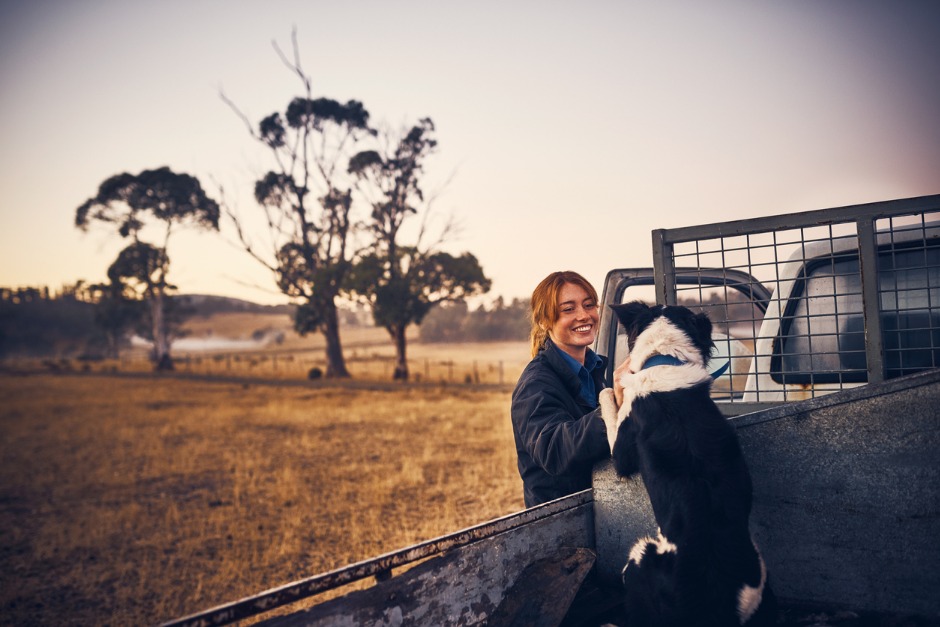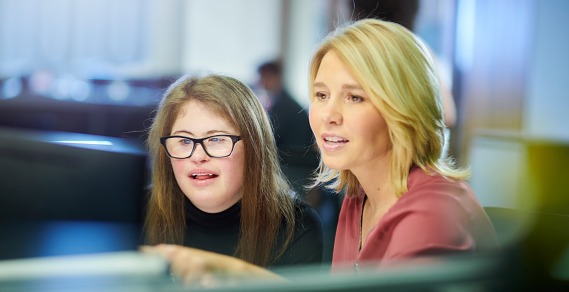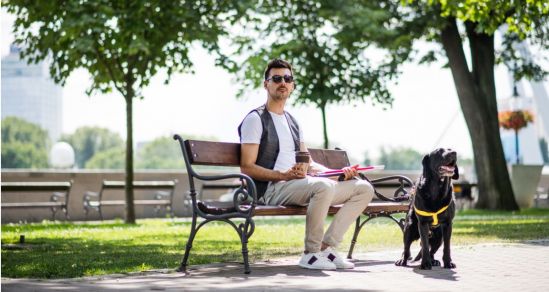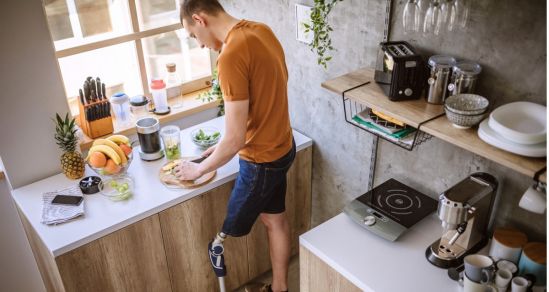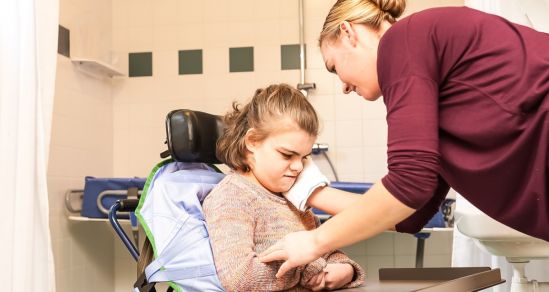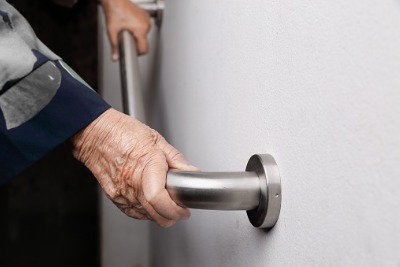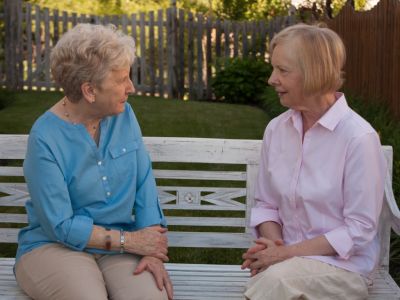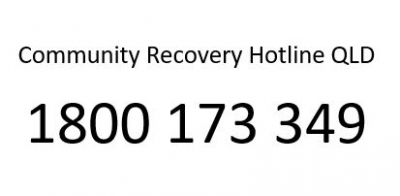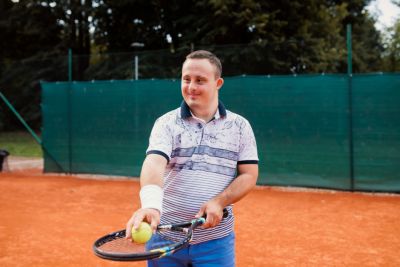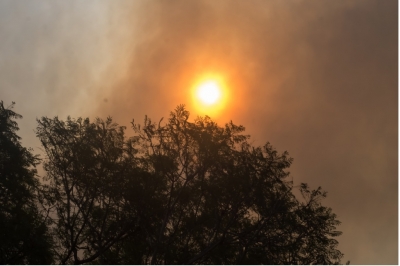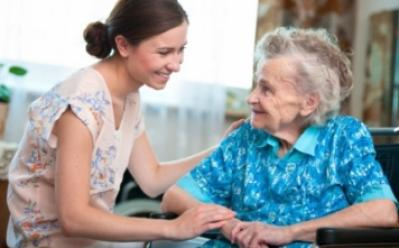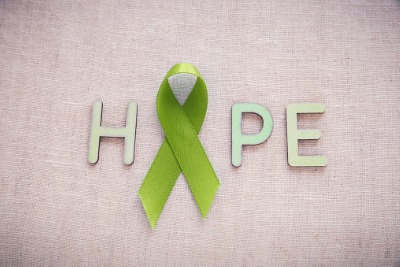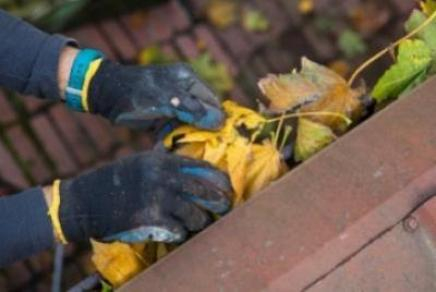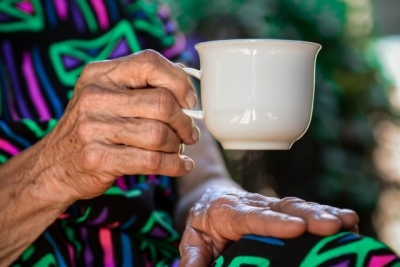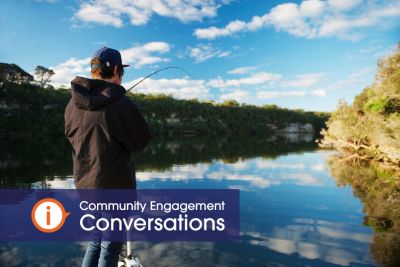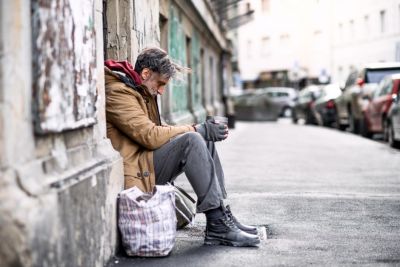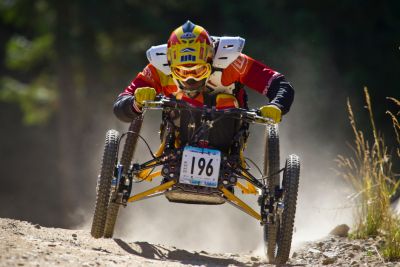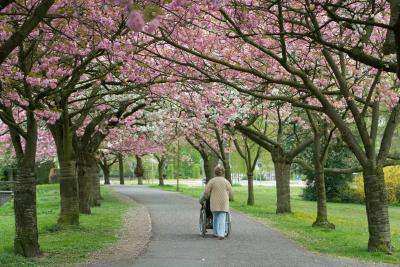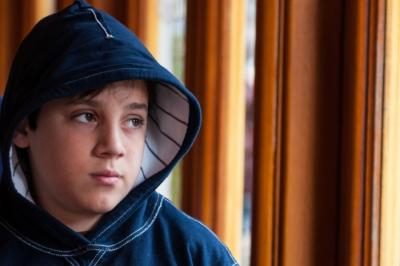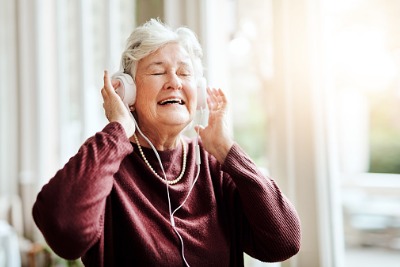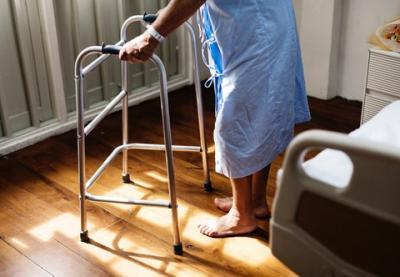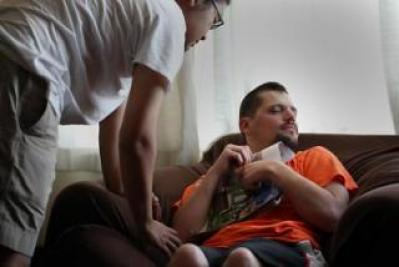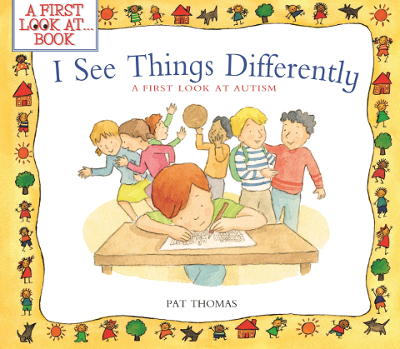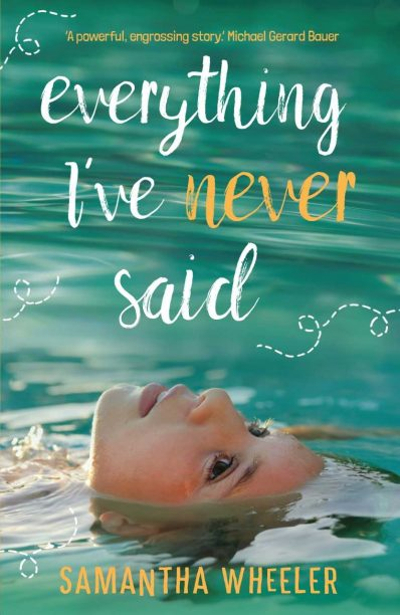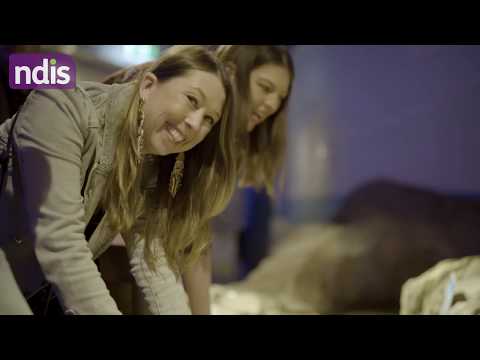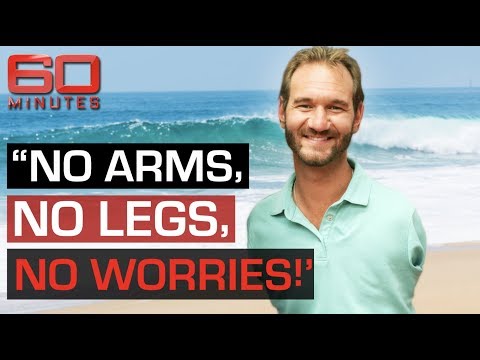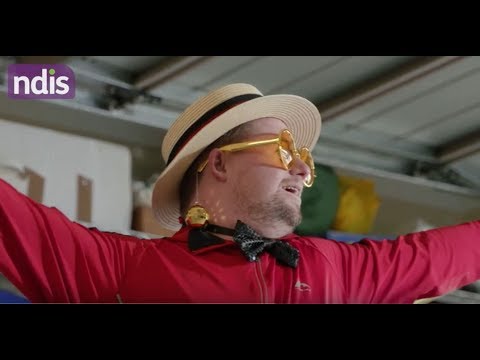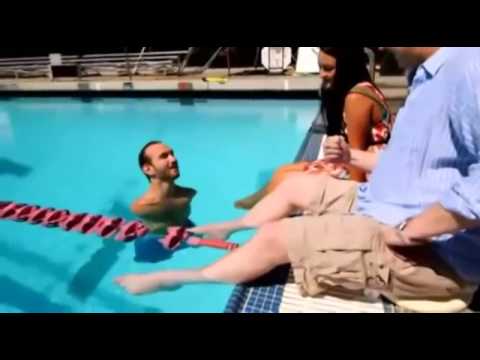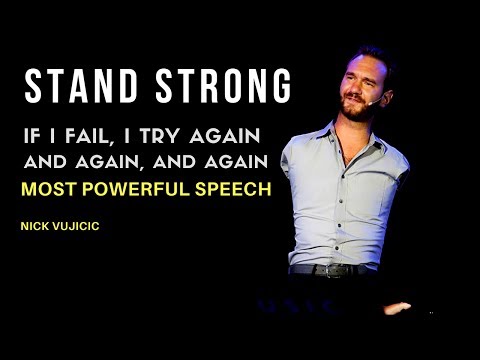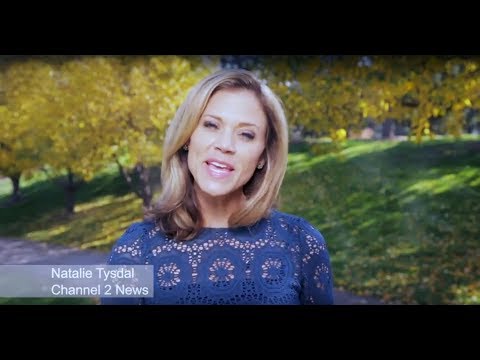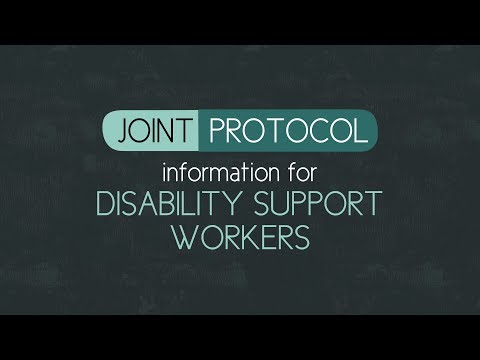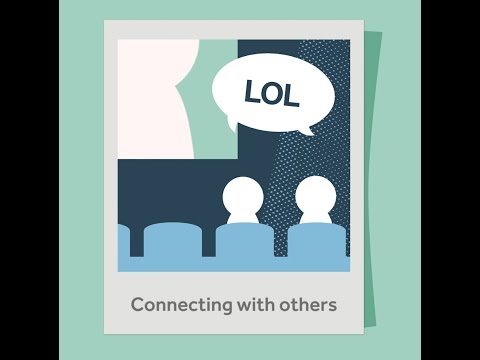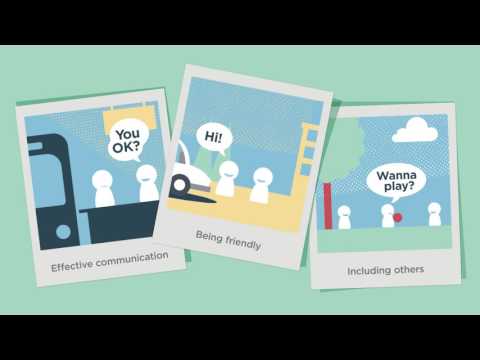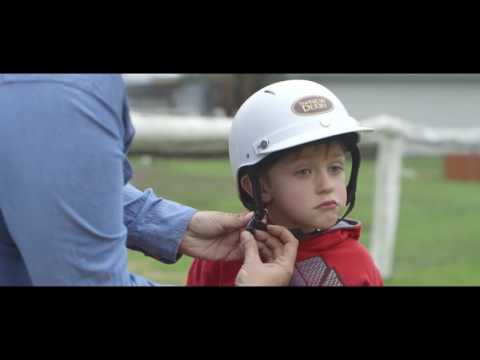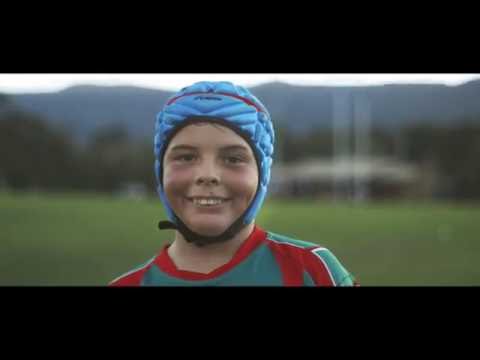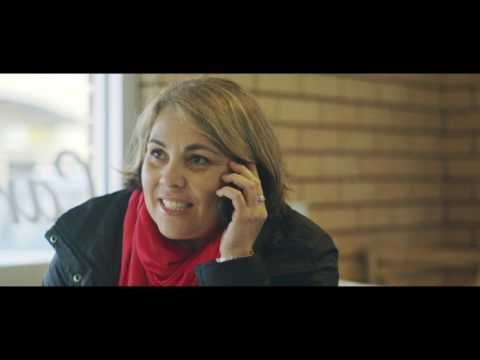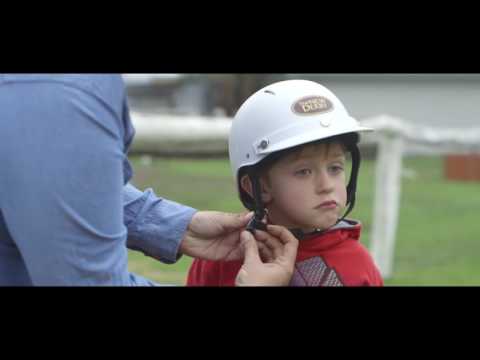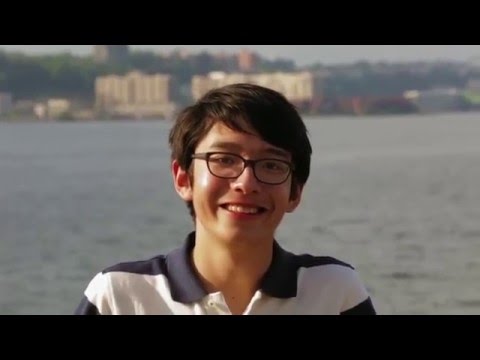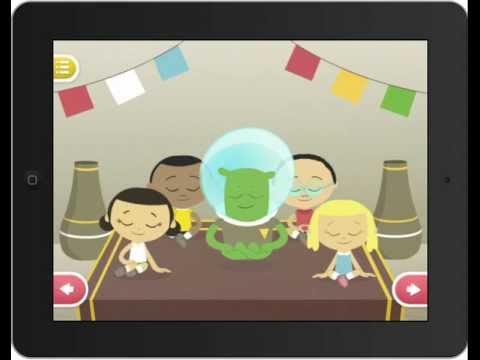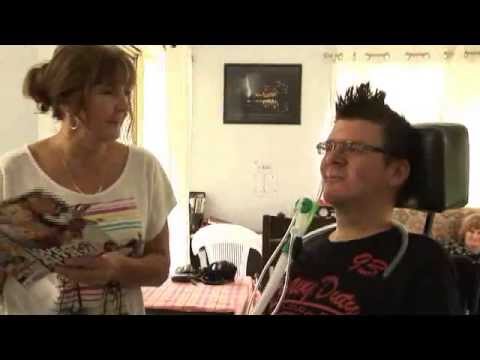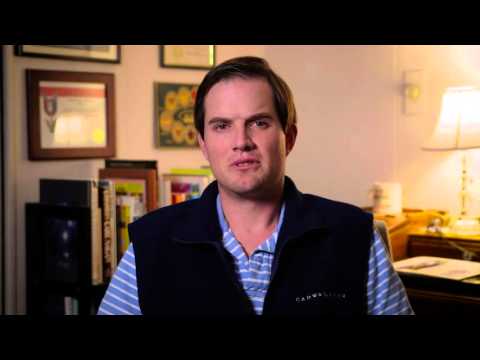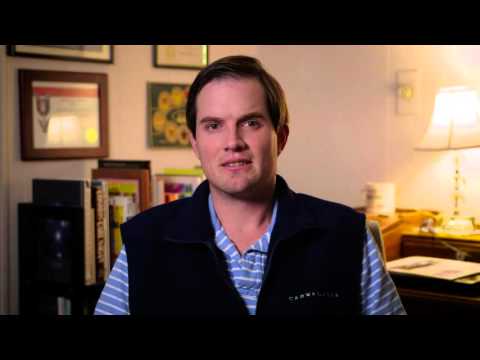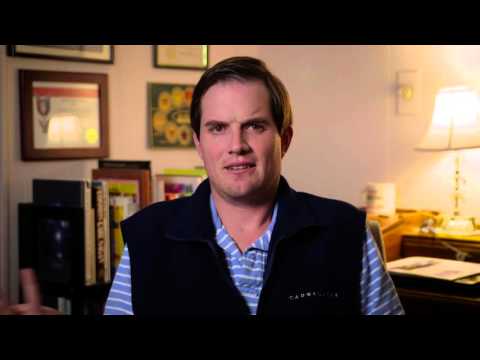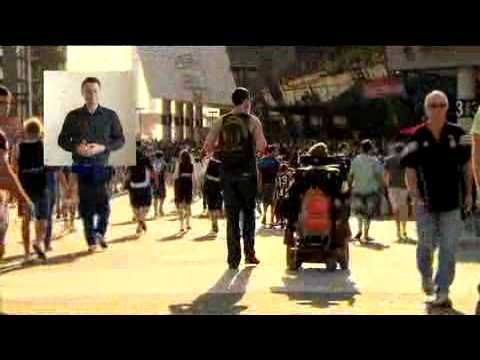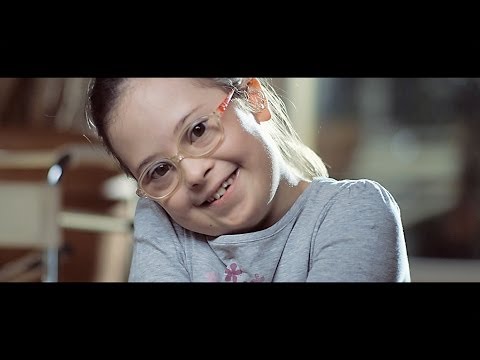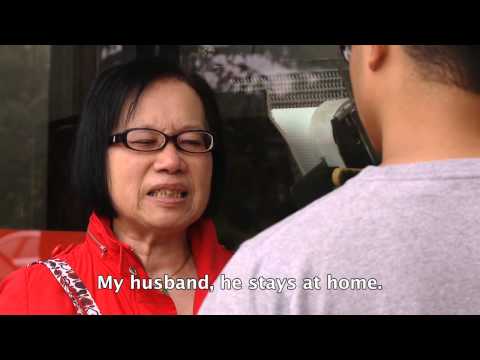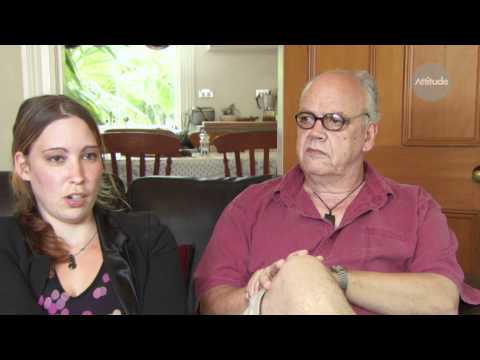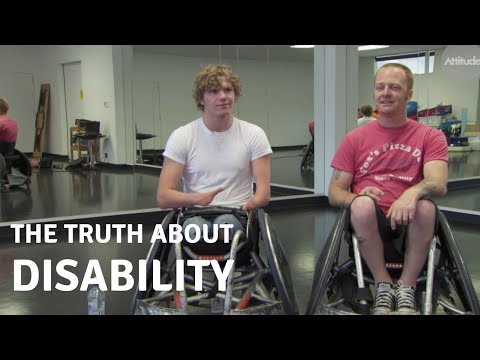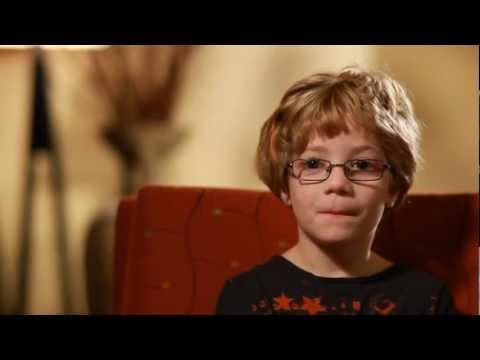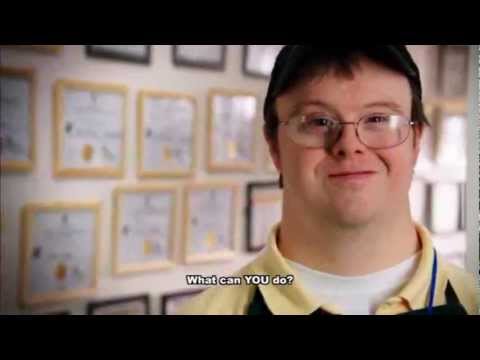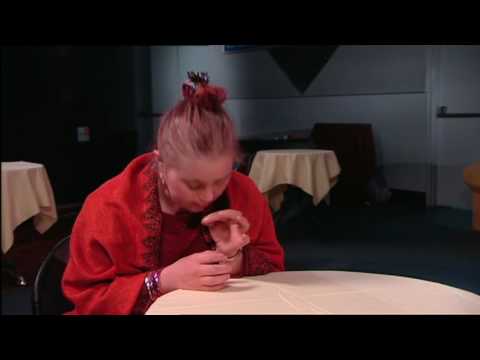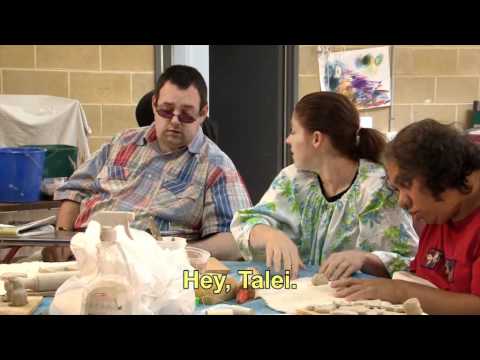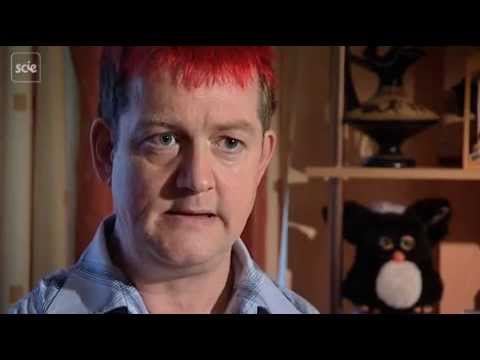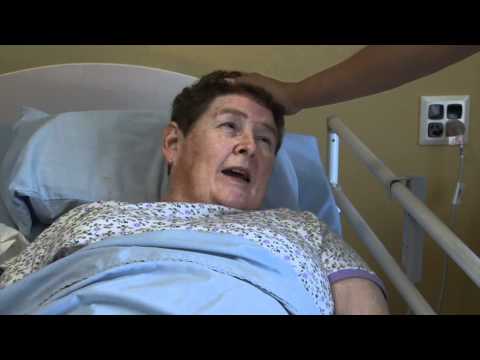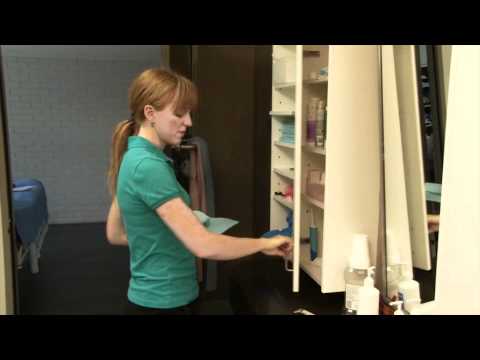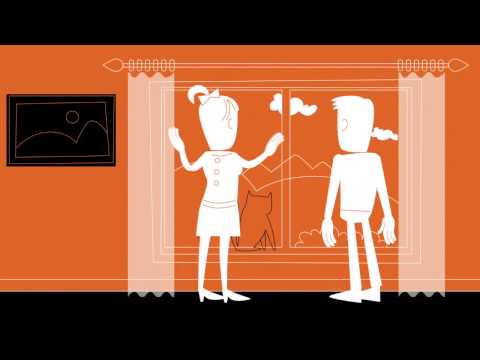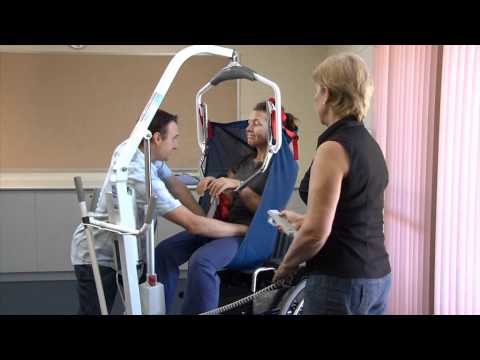Women with Disabilities Victoria and Women’s Health Goulbourn North East (WHGNE) carried out a study a number of barriers for women with disabilities living in rural communities including worrying trends of discrimination and harassment, as well as negative impacts on longer-term health and well-being.

The study found that the main barriers included:
- Transport disadvantage
- Limited medical supplier choice
- Escaping the "medical model" of disability
According to the Australian Bureau of Statistics, in 2014 people with a disability were less likely to have had daily face-to-face contact with family or friends living outside the household, compared to those who did not have a disability (16% compared with 20%). With community transport standards varying wildly and almost non-existent transport links, it is easy to see why people with disability in rural communities suffer from social isolation.
With the exception of main towns, access to public transport is very poor. Veteran Affairs appear to have a better handle on understanding taxi subsidies, but clients and sometimes even taxi operators struggle to understand them.
If living with a disability rurally, there is generally less choice of medical suppliers, with perhaps one service provider supplying “everything”, transport, accommodation, work, access to day and community engagement programs. And if there are not strong enough advocates for that individual defining acceptable service standards to operate by, then there is an increased risk of less access and poorer standards.
Often, the medical model of a person’s disability defines them and escaping can be difficult. This keeps an individual isolated except for accessing their medical supports.
Community culture can play an important role in the isolation and inclusion that a person with a disability can have. Although culture is driven by a community, individuals can benefit. If a person is recognised by their name or belonging to a particular family, their neighbours and fellow community members speak about the individual as a whole, regardless of their disability. This can provide positive acceptance and engagement at all levels within the community from education, social, church, and sports.
Although social isolation can be rife, there are some positive stories of rural communities pulling together and embracing an individual’s unique differences.
Julie, a young 50-year-old woman was involved in the community world music choir for some years. A great director, great choristers, great repertoire of world music, drumming and dancing in a rural location. She suffered a medical misadventure which rendered her very ill for a long time and without a voice.
After she was well enough she approached the choir director and asks if she could return to the choir (because she loved the music). However, she wished to be an elite "lip-syncer" and enjoyed the music around her, the dance, and the fellowship of the other choristers. The director had no qualms with it, however, realised that he has to put it to the choir. At the next rehearsal, Julie had two minutes to introduce herself by telling them about her condition as much as she felt comfortable.
After her introduction and lip-syncing audition, she was wholly accepted into the choir. Since she joined, there have been a number of additional members join, one who has a visual impairment, another who has had a stroke but can sing.
The moral of the story is that "from little things, big things grow". and with the right support and choices to make informed decisions, people with disability should not feel isolated.
Contact IDEAS on 1800 029 904 for information on how you can find out about social interests in your area.

